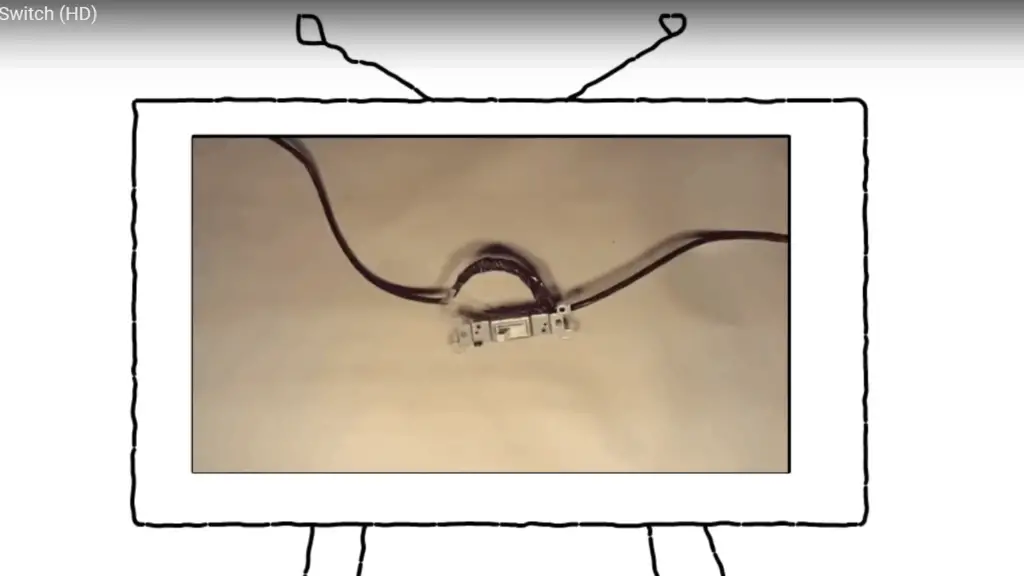

V-Sync fixes this by forcing the engine to synchronize with the monitor’s refresh rate. If your game engine sends display frames to your monitor too quickly, you may see horizontal bands cutting through the image periodically. It’s also a common culprit when it comes to identifying sources of input lag. V-Sync is a technology that prevents screen tearing. Let’s walk through some steps you can take to ensure your setup is input lag-proof. If you’re experiencing input lag in the games you play, there are a variety of things you can do to determine the issue. More often, the delay occurs because a game engine is processing commands faster than your monitor can display their results. It’s rare for hardware keyboards and controllers to malfunction, but it can’t be ruled out. If a display’s input lag exceeds 70 milliseconds, some tech reviewers will classify its performance as poor. Beyond 50 milliseconds, the delay becomes more noticeable. Casual gamers and enthusiasts are usually comfortable with latency under 40 milliseconds. Professional competitive gamers try to keep input lag under 15 milliseconds. Note that this is different from network lag and other connectivity issues gamers often face online. Input lag is connected to your specific hardware and software configuration, so it can happen in offline, single-player environments as well as multiplayer ones. Each of these steps takes a certain number of milliseconds to complete. When you push a button, your input device sends a signal to your PC, which then processes it and sends the result to your display. Every digital device in your setup adds a certain amount of latency when processing data.


 0 kommentar(er)
0 kommentar(er)
